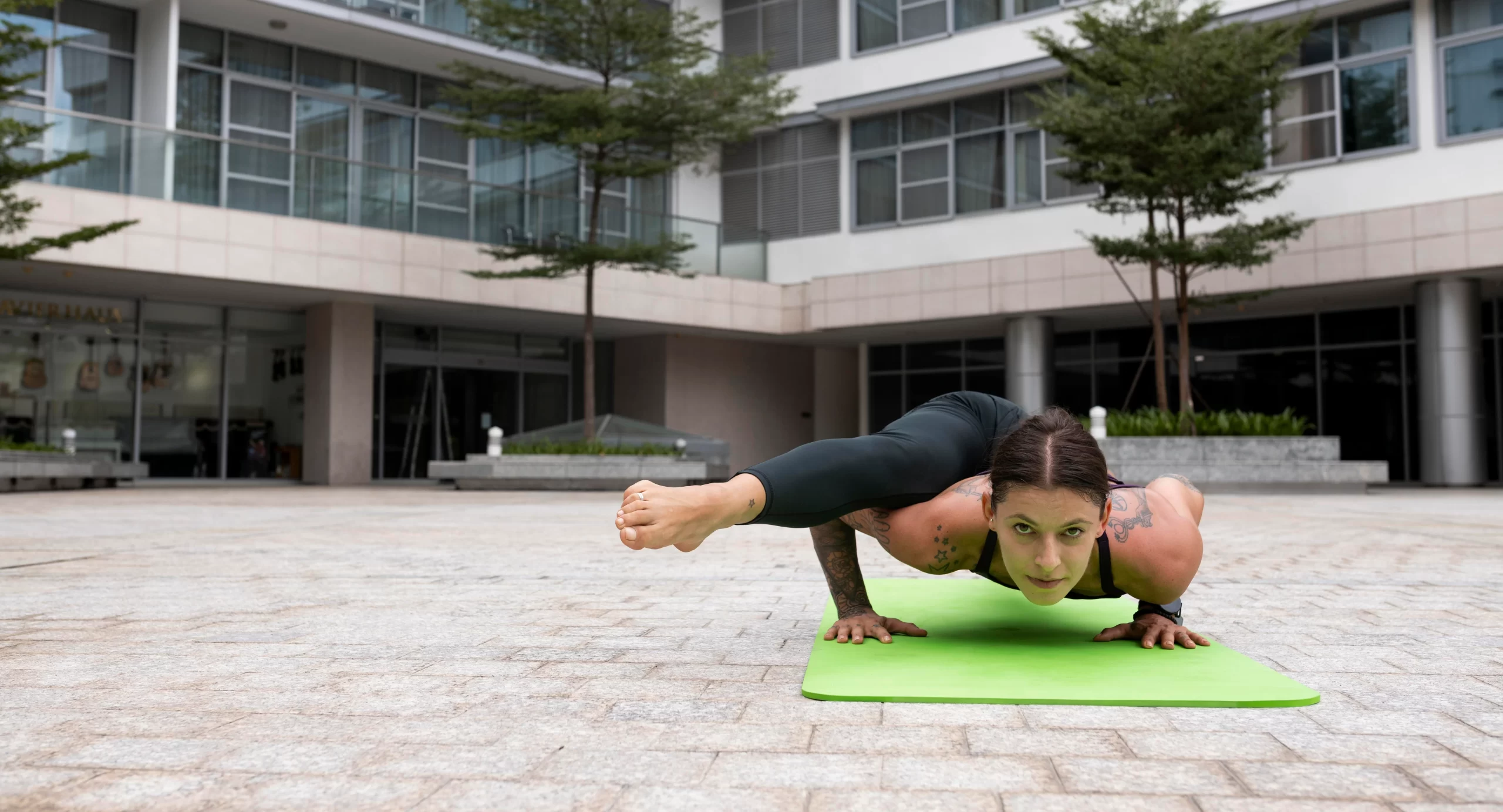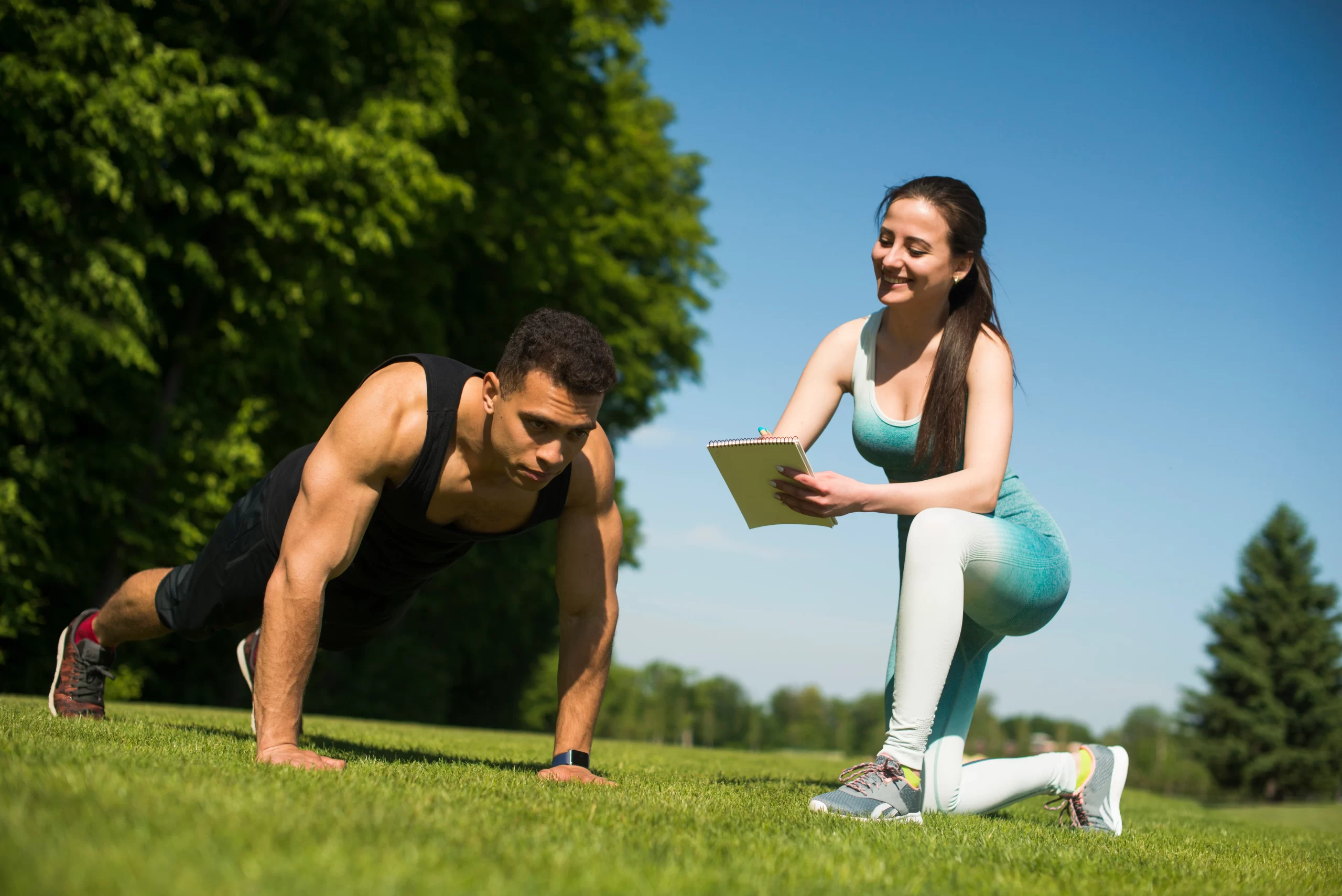Our bodies are incredible machines, capable of amazing feats of strength, endurance, and agility. But to function optimally and live a healthy life, we need to take care of them. Exercise is a crucial pillar of well-being, offering a multitude of benefits that extend far beyond just looking good.
This article looks deep into the best exercises for overall health and fitness, categorized by their specific advantages. So, lace up your sneakers, grab your water bottle, and get ready to unlock a world of physical potential!
Cardiovascular Exercises (Cardio): The Engine of Your Fitness
Cardiovascular exercise, often shortened to “cardio,” strengthens your heart, lungs, and circulatory system. It gets your blood pumping, improves oxygen delivery, and boosts your overall fitness level. Here are some excellent cardio options:
- Running: A classic and efficient way to burn calories and improve heart health. Start slow and gradually increase distance and intensity.
- Swimming: A low-impact exercise that’s easy on the joints and perfect for all fitness levels.
- Cycling: Enjoy the outdoors while getting a great cardio workout. Choose a flat terrain if you’re a beginner and explore hillier routes as you progress.
- Dancing: Fun and effective, dancing gets your heart rate up while incorporating coordination and balance. From Zumba to salsa, find a style that suits your groove.
- Jumping Rope: A simple yet powerful cardio tool that can be done anywhere. It’s surprisingly challenging and burns calories quickly.
- Elliptical Trainer: Offers a low-impact cardio workout that simulates running or stair climbing. Perfect for those with joint issues.
Strength Training: Building the Pillars of Your Body
Strength training, also known as weightlifting or resistance training, builds muscle mass and strength. This is essential for a strong physique, improved metabolism, and better bone health. Here are some key strength training exercises:
- Bodyweight Exercises: These require no equipment and can be done anywhere. Examples include push-ups, squats, lunges, planks, and dips.
- Free Weights: Dumbbells, barbells, and kettlebells allow for a wide range of exercises targeting different muscle groups. Start light and focus on proper form.
- Weight Machines: Offer a controlled environment with guided movements, ideal for beginners or those targeting specific muscle groups.
- Resistance Bands: Versatile and portable, resistance bands can be used for various exercises and add variety to your workouts.
Functional Fitness: Moving with Purpose
Functional fitness exercises mimic everyday movements, improving your ability to perform daily activities with ease and reducing your risk of injury. Here are some examples:
- Squats: Strengthen the legs, core, and improve balance. Essential for activities like picking up groceries or climbing stairs.
- Lunges: Improve leg strength, stability, and coordination. Great for walking, running, and activities requiring single-leg balance.
- Deadlifts: Work your core, glutes, and hamstrings. Important for lifting objects and maintaining proper posture.
- Rows: Strengthen your back muscles, improving posture and preventing back pain. Crucial for activities like pulling or lifting.
- Overhead Presses: Target your shoulders and core, aiding in pushing movements like opening doors or putting things on shelves.
- Turkish Get-Ups: A full-body exercise that improves coordination, strength, and mobility.
Flexibility and Mobility: Maintaining a Fluid Range of Motion

Flexibility and mobility exercises improve your range of motion, allowing you to move more freely and reducing your risk of injury. Here are some effective methods to enhance flexibility:
- Static Stretches: Hold a stretch for a sustained period (usually 15-30 seconds) to lengthen muscles.
- Dynamic Stretches: Involve active movements that prepare your body for exercise. Great for a warm-up routine.
- Yoga: Combines physical postures (asanas), breathing exercises (pranayama), and meditation for improved flexibility, strength, and mindfulness.
- Tai Chi: A gentle form of exercise that combines slow, flowing movements with deep breathing. Promotes balance, flexibility, and relaxation.
Balance Exercises: Staying Steady on Your Feet
Balance exercises improve your stability and coordination, reducing your risk of falls and enhancing overall movement control. Here are some exercises to challenge your balance:
- Single-Leg Stands: Stand on one leg for as long as possible, then switch legs. Start with support and gradually progress to unsupported holds.
- Heel-Toe Walking: Walk by placing your heel in front of your toes with each step. Challenges your balance and coordination.
- Tai Chi (mentioned above): The slow and controlled movements of Tai Chi are excellent for improving balance.
- Wobble Board: This balance trainer is a platform that sits on a rounded base, creating an unstable surface. Standing or performing exercises on a wobble board strengthens your core and ankles, improving balance.
- Proprioceptive Neuromuscular Facilitation (PNF) Techniques: These involve specialized stretching and movement patterns that target the nervous system’s communication with your muscles and joints. PNF exercises can be done with a physical therapist or trainer and are highly effective in improving balance and stability.
Yoga Poses
As mentioned earlier, yoga offers a variety of poses that can significantly improve balance.
Here are a few examples:
- Tree Pose (Vrksasana): Stand on one leg with the other foot resting on your calf or inner thigh. Hold for several breaths and switch sides.
- Warrior Poses (Virabhadrasana I & II): These poses strengthen your legs and core while challenging your balance. Step back with one leg and lower your body into a lunge position with arms raised overhead. Hold for several breaths and switch sides.
- Boat Pose (Navasana): Sit on the floor with your knees bent and feet flat. Lean back slightly, lifting your feet off the ground and extending your arms straight out in front. Hold for as long as you can with good form.
Remember
- Start slow and progress gradually: When incorporating new exercises, especially balance exercises, it’s crucial to start slow and gradually increase difficulty. This helps prevent injuries and allows your body to adapt.
- Focus on proper form: Maintaining good form is essential to maximize the benefits of balance exercises and minimize the risk of injury. Don’t hesitate to seek guidance from a certified trainer or physical therapist if needed.
- Consistency is key: Regular exercise is vital for maintaining good balance. Aim to incorporate balance exercises into your routine at least 2-3 times per week.
Conclusion
By incorporating a variety of exercises from different categories into your routine, you can build a strong foundation for overall health and fitness. Remember, exercise is a journey, not a destination. Enjoy the process, celebrate your progress, and most importantly, listen to your body. With dedication and consistency, you’ll get into a world of physical potential and experience the numerous benefits that exercise has to offer.
To Get more such updates and crucial information stay in touch with The Digital Today.

